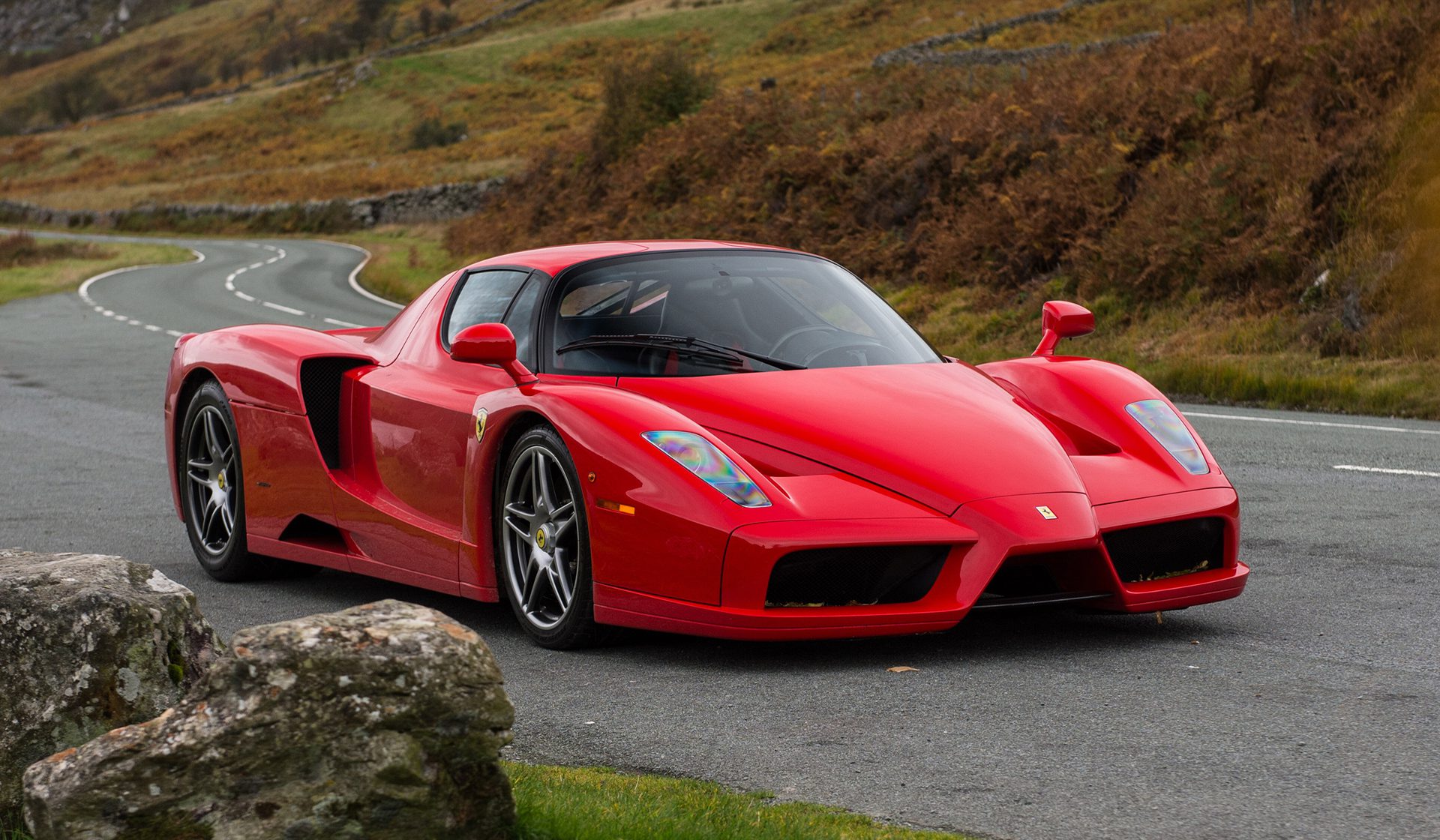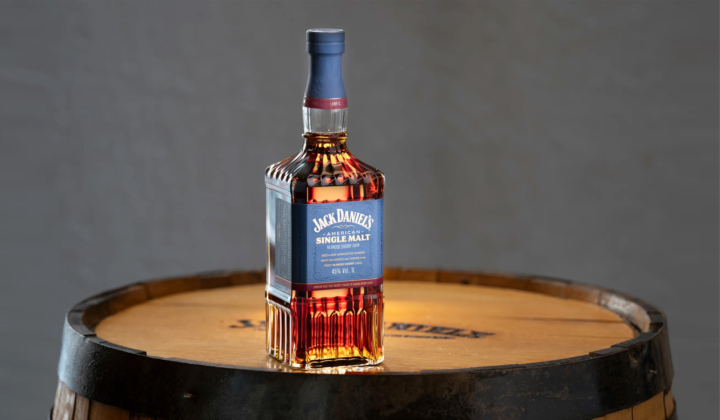Top 10 Greatest Ferraris Of All Time: The Most Important Prancing Horses
How does one even begin to choose the best Ferraris of all time with such a storied and successful catalogue as it is? Mr Enzo Ferrari was a man with vision – not to build a range of road cars, mind, but to race. To do this, he needed to sell a few sports versions, but what started as an afterthought quickly turned into an obsession; not just within its walls in Maranello, but by passionate fans that are like no other.
From the company’s 80+ year history, there has been some true greats – cars that aren’t just brilliant due to their high-performance engineering, but also due to their design, innovation or boldness. These are the 10 best Ferraris of all time, from different eras and with different appeals.
Ferrari F40 – 1992
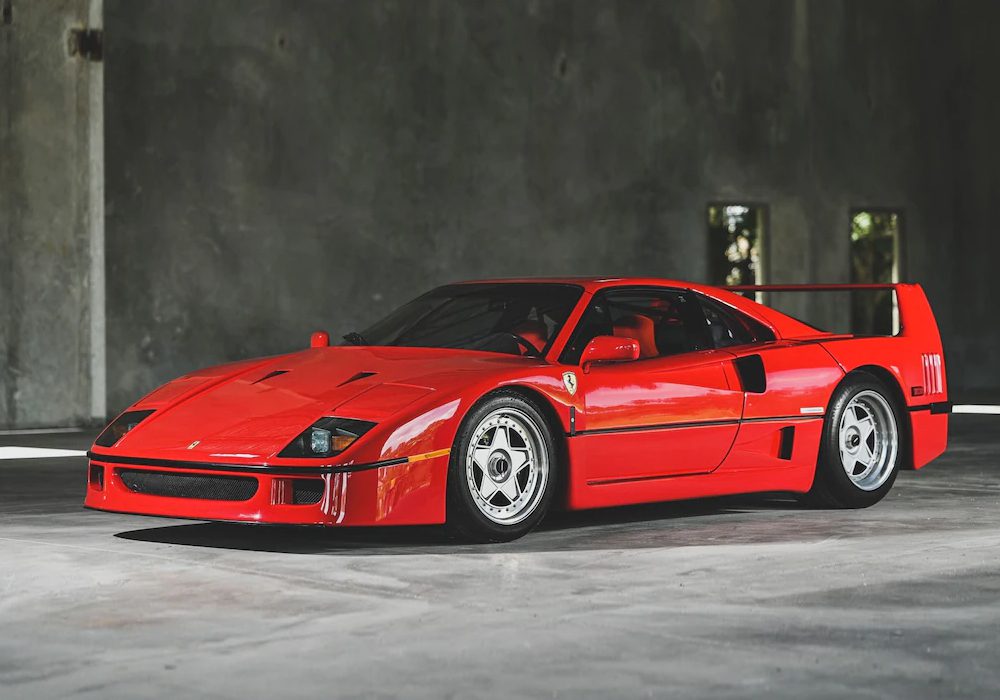
It’s impossible to consider the best Ferraris of all time without immediately jumping to the F line. Each designed to represent a giant leap in sports car engineering, they all represent high points in Ferrari’s heritage, and were often a looking glass into what the Prancing Horse had coming. The 1992 F40 is arguably the most iconic, taking the extreme 288 GTO as a base but turning up the wick on its twin-turbocharged V8 engine, while removing weight at an almost clinical level.
It wasn’t as outwardly sophisticated as its contemporary rivals from Porsche or Bugatti, but its use of cutting-edge tech was focused more on material technology than all-wheel drive or active-suspension systems.
The result? It was, and remains, one of the most visceral and engaging supercar experiences in the business. Some call it a go-kart with a twin-turbo V8, but most just know it as a legend – us included.
Ferrari F50 – 1995
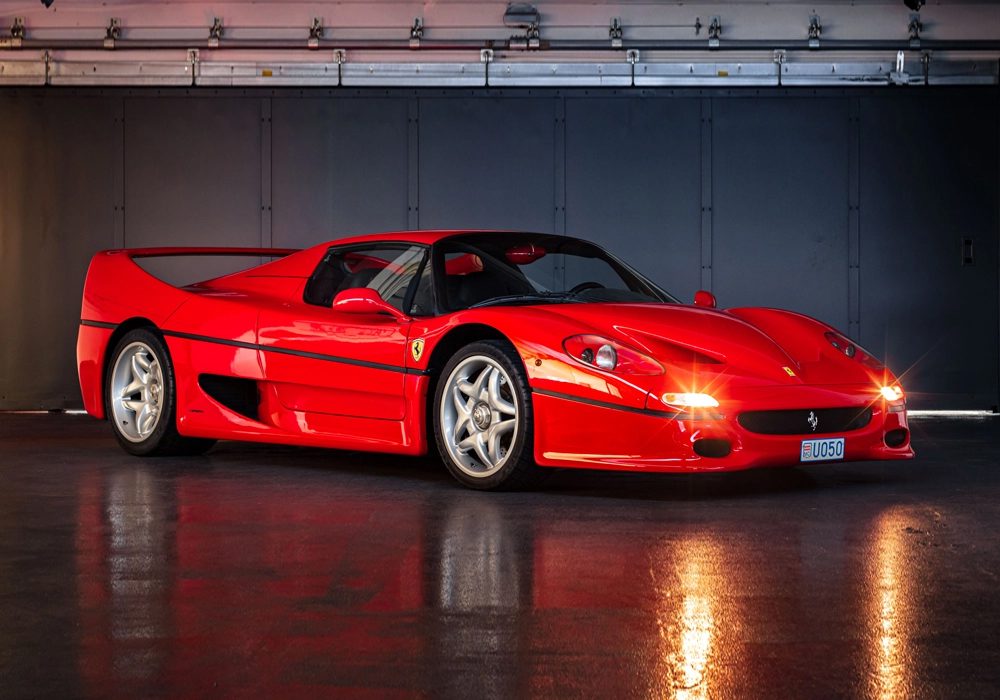
The F50 didn’t enjoy the same level of instant gratification as the F40 that came before it. Media and potential owners were slightly put off by its bloated proportions and curvy design, as well as the fact that it was no faster on paper than the older F40 (it was actually slightly slower in the real world). Yet over time the F50’s magic has come to be appreciated, and for good reason.
There has been no Ferrari road car before or since that’s had such an innate connection to the contemporary F1 racer. The F50’s 4.7-litre Tipo 130B V12 was a direct development of the engine used in the 1990 Ferrari F1 car. Not only that, it was a stressed member of the chassis, which means the engine and transmission are integrated right into the F50’s structure, forming the backbone to which the rear suspension is mounted.
This made it quite the extreme road car, which is what initially caused consternation from those who drove it. However, with time and context this aggression has become appreciated, cementing the F50’s rightful place as one of Ferrari’s all-time greats.
Ferrari Enzo – 2002
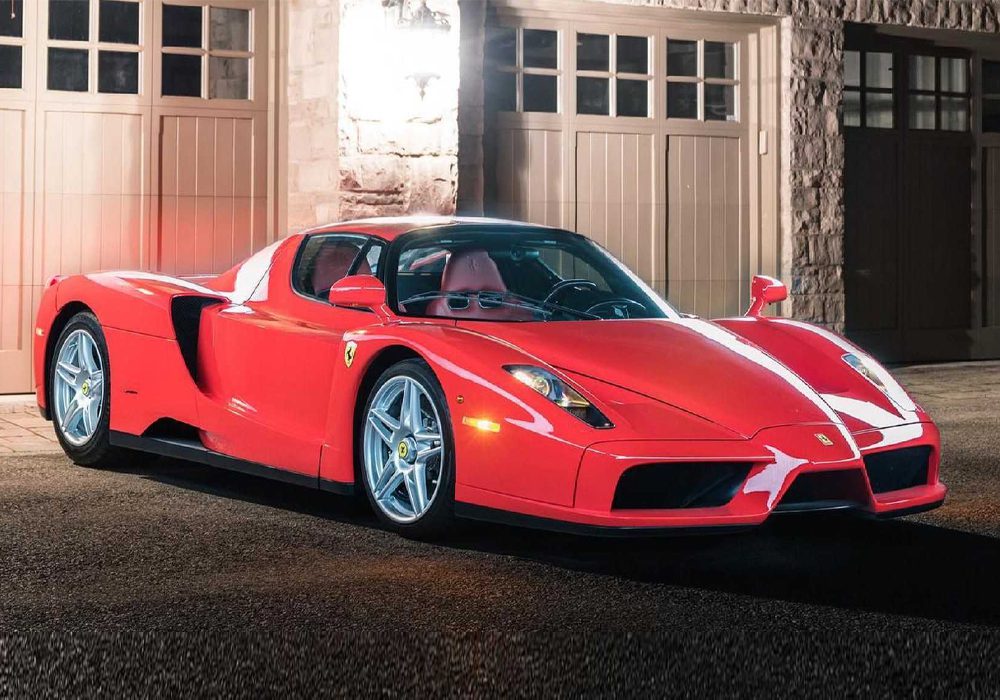
The third F car was destined to be called F60 during its development. But just before the car was revealed, so proud were Ferrari of its new mid-engined V12 supercar that it named the new model after the founder himself: Enzo. Always destined to be a true specialty, the Enzo wasn’t designed to be a racer adapted for the road like the F50, but the ultimate road car.
It debuted an all-new 5.9-litre V12 engine, this one called Tipo 140. Initially rated at 651bhp, the engine is still in use today, featuring in all V12-powered Ferrari models that have come since. Like both the F40 and F50, the Enzo utilised a carbon fibre construction to keep weight low, helping it slip under the 1500kg mark with fluids. It was also the first F car to feature a semi-automatic transmission, this one a single-clutch unit that had been under constant refinement since it was first seen in the F355.
Only 400 units were produced, the last being given to the Pope John Paul as a gift, which was sold for charity for $1.1m USD. Now Enzos sell for as much as £2.5m.
Ferrari LaFerrari – 2013
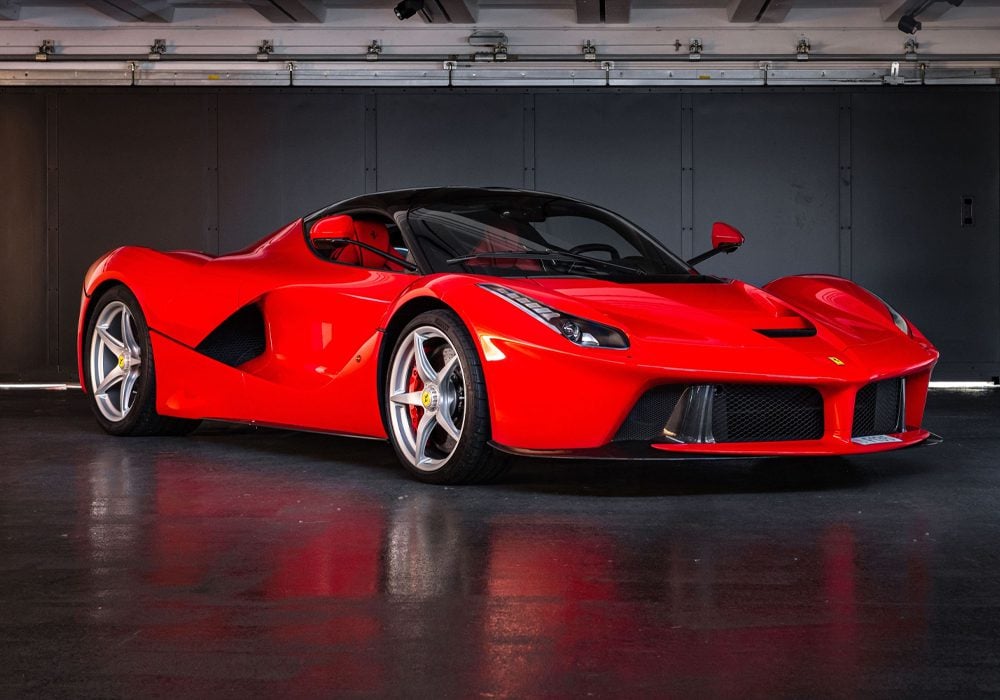
The LaFerrari might not be an F car in the official sense – at no point was this to be an F70 or similar – but in terms of its place amongst the F40, F50 and Enzo, the LaFerrari might be the most ambitiously forward-thinking of the lot. That’s because in combination with the F140B engine it shares with the Enzo, it also incorporated Ferrari’s first hybrid drive system – one that’s driven development of even more substantial systems now proliferating Ferrari’s mainstream range.
The LaFerrari wasn’t just fast, though. Like its predecessors, it channelled its motorsport heritage through this hybrid system, which had just started appearing on contemporary Formula 1 cars of the time. Not only this, but the LaFerrari was the first of its F cars to be designed in-house by Ferrari’s Centro Stile design studio, breaking a partnership with Italian design house Pininfarina for the first time in decades.
Ferrari 288 GTO – 1984
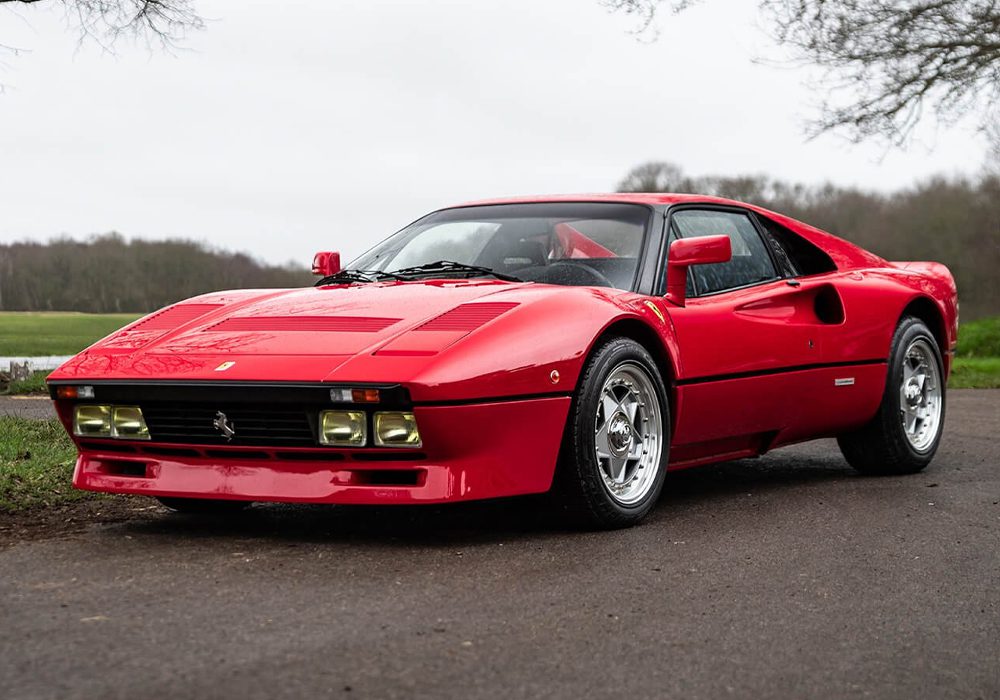
You might have noticed that the F40 was developed from the 288 GTO, itself a car worth celebrating, and one that’s even more rare and arguably desirable. It was first introduced in 1984, and with it came the second use of the GTO (or ‘Gran Turismo Omologato’) moniker, after the iconic and very valuable 250 GTO. The word olomogato refers to homologation, or the act of building a road car purely to homologate a racing car for a particularly series.
While the 288 GTO did eventually race in a contemporary Group C racing class, it wasn’t built specifically for the purpose, instead channelling various development threads to motorsport, including its F114 turbocharged engine, which itself was derived from the motor in Ferrari’s Formula 1 car. With only 272 produced, it’s significantly rarer than all of Ferrari’s F cars – something that’s reflected in its current values.
Ferrari 250 GTO – 1962
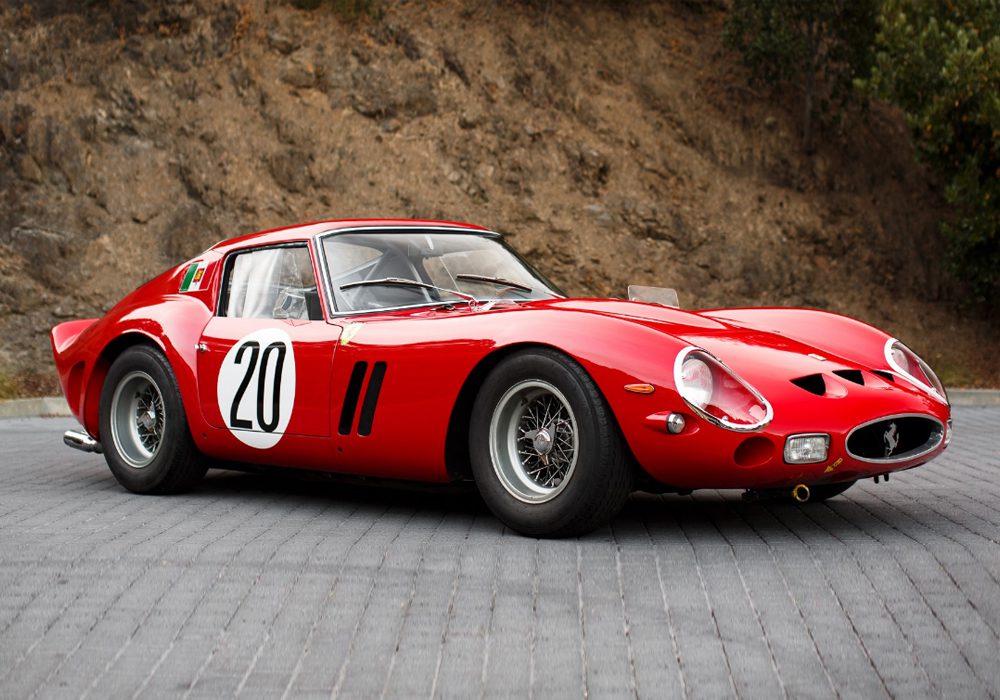
The Gran Turismo Olomogato story started here with the 250 GTO, a car that until recently was the most expensive to ever be sold at auction, with a sale price of over £52m. The car was designed to compete in the FIA’s Group 3 Gran Touring Category, which required a certain amount of road-going versions to be built by teams in order to race them.
A total of 36 units were hand-built between 1962 and 1964, all utilising the same basic Ferrari 250 SWB chassis, Tipo 168 2953cc V12 engine and five-speed manual transmission. While Ferrari’s engineers took care of the chassis and powertrain, the bodies were designed and hand-built by the Italian coachbuilder Scaglietti, creating the iconic shape that remains as desirable today as it was back then.
Ferrari 250 GT California Spider – 1960
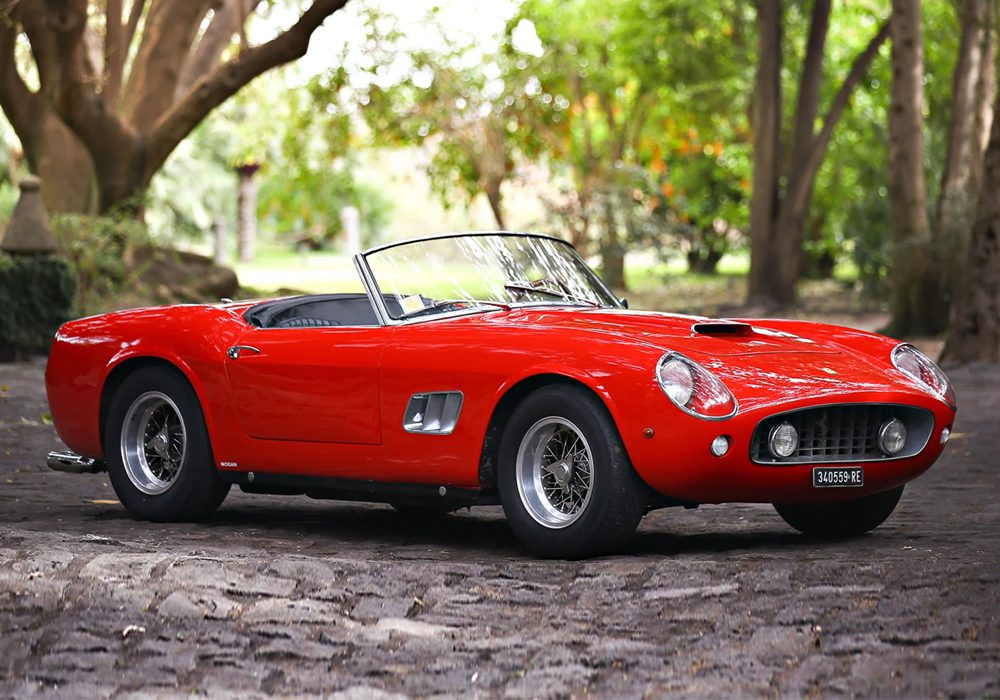
In the time that Enzo Ferrari was concerned only about winning European racing titles, Ferrari’s American importer was selling the Ferrari dream to a captive audience by ordering cars as glamorous and stunning to look at as the 250 GT California Spyder. A few LWB (long wheelbase) 250 GT Californias made their way out to America from 1957, but 1960 saw the new SWB (short wheelbase) California at its most desirable.
This wasn’t only because of its imitable design, but also the fact that it utilised the very chassis and engine that was being utilised by Ferrari’s racing cars of the same era. Like the GTO, the bodies were designed and made by Scaglietti, and they sell for astonishing amounts when up for auction.
It also displayed the power of the American car market, as these models were designed and marketed specifically for US consumers.
Ferrari Modulo – 1970
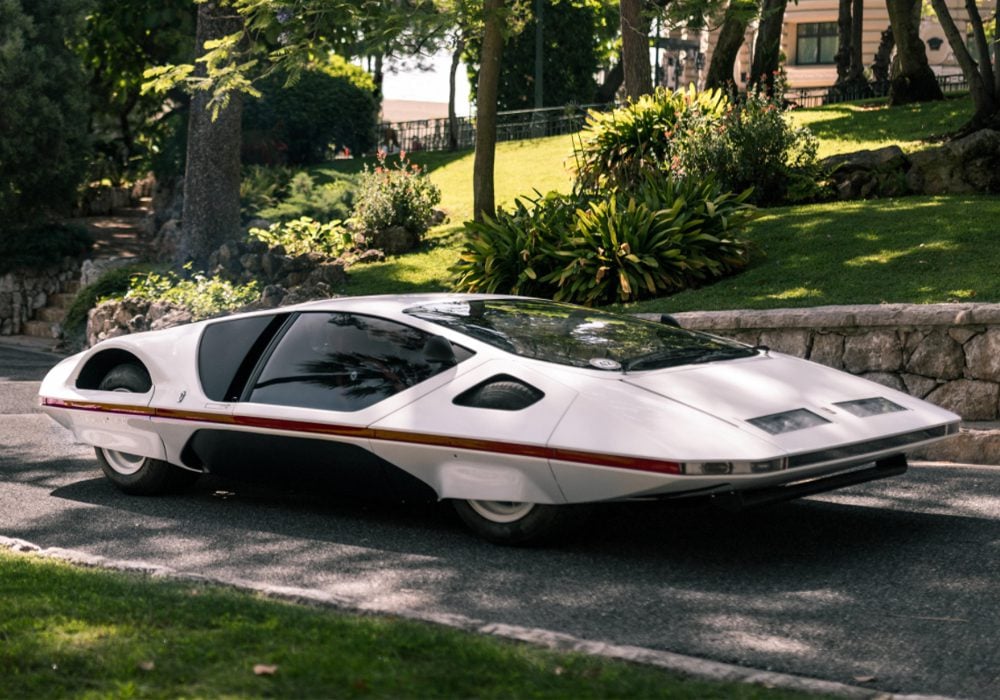
While Ferrari in the 1960s was all about curves and organic forms, long-time Ferrari design partner and sometimes producer Pininfarina had a wildly ambitious plan for its future. In 1970, the brand revealed what’s since become one of the most iconic concept cars in history, the Modulo. While it was very much a concept car, this was an early and very extreme example of the wedge design theme that had proliferated around Italy at the hands of design legends like Marcello Gandini and later, Giorgetto Guigiaro.
The Modulo was designed by Paolo Martin, though, who took the notion of the wedge to the limit by utilising a canopy-style opening and encasing all four wheels within the main form. It still featured a Ferrari V12 engine, but was also the first Ferrari concept to mount it behind the driver, a layout that would only appear three years later in the 365 GT4 BB in 1973.
While not technically a road car, the Modulo was a vision into the future, and therefore is a seriously important car in Ferrari’s history.
Ferrari Testarossa – 1984
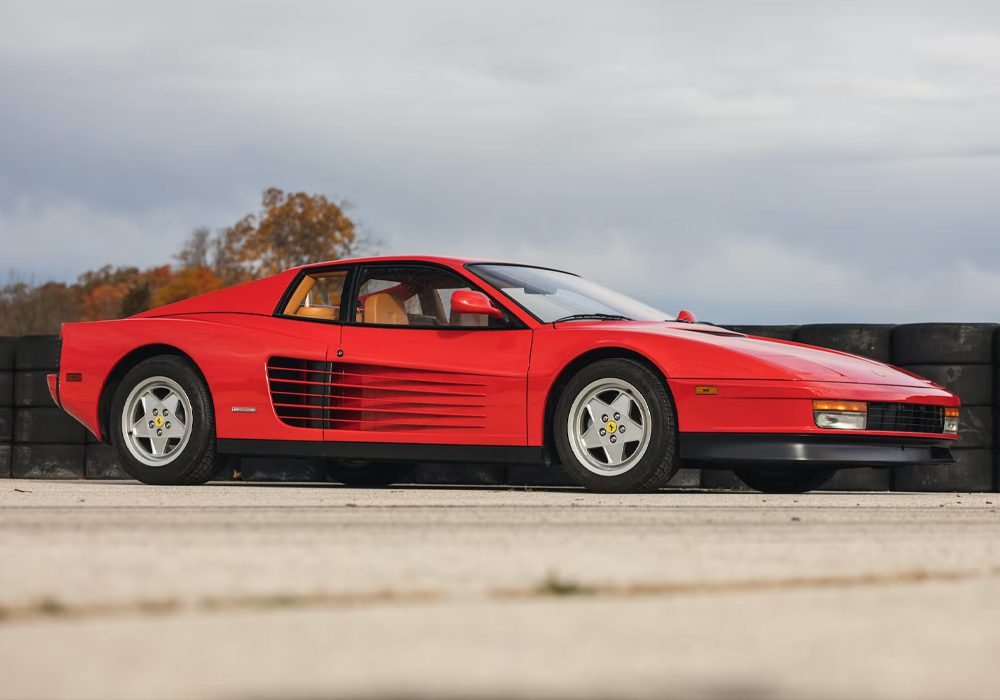
From that first mid-engined Ferrari 365GT4 BB came the iconic BB (Berlinetta Boxer) series of cars. As well as being mounted behind the driver, the 12-cylinder engine wasn’t technically a V12, as its cylinder banks were laid flat at a 180-degree angle. Yet what stopped it from being a true Boxer engine was the staggered cylinder placement, making it more of a hybrid between V and Flat-12s.
This engine and layout combination was arguably made most famous during the 1980s, when the iconic Ferrari Testarossa arrived. It’s brash eighties aesthetic was partly down to the excessive styling of the decade, but also a response to the packaging of that 180-degree V12, which needed side-mounted radiators placed alongside the engine to keep it from overheating.
Only six various models over two generations were built, but thanks to the long-winded lifecycles of the time, they were in production between 1973 and 1996.
Ferrari 458 Italia – 2009
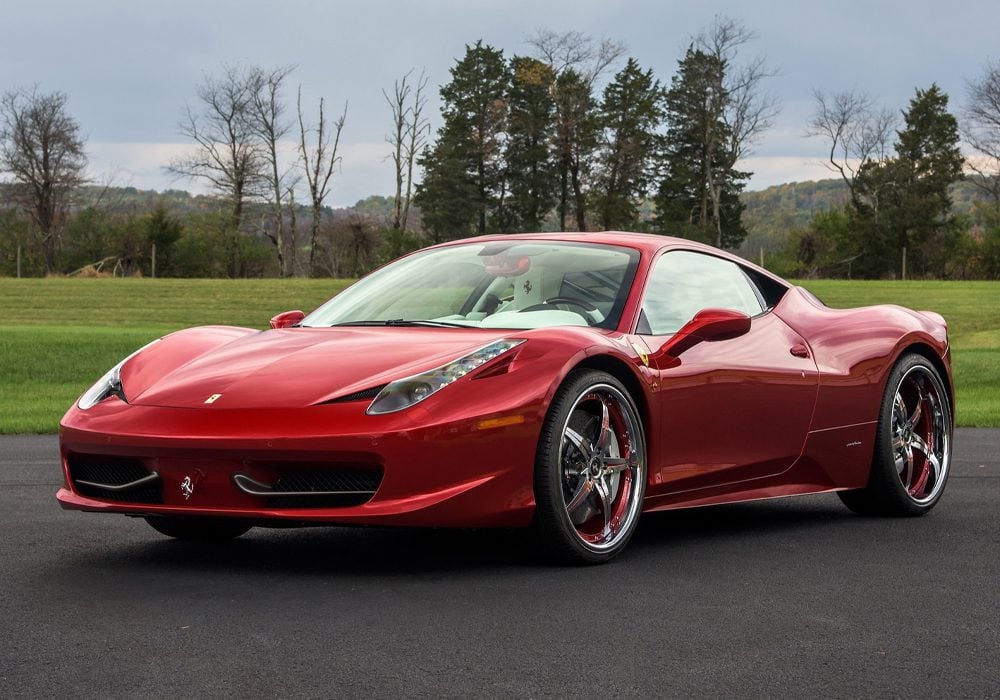
Ferrari’s post-1980s explosion in popularity created something of a convention that the company largely stuck to throughout the 1990s and 2000s. It was dutifully followed until recently, but before Ferrari diverged it created arguably the perfect Ferrari. It wasn’t the rarest, most powerful or most capable car around a track, but it was definitely the most beautiful. Pininfarina’s collaboration with Ferrari was soon to come to a halt, but before they cut ties, arguably its best effort was realised: the 458 Italia.
The stunning surfacing, crisp lines and faith in proportion over excessive detail resulted in a design that would go on to be the foundation of the mid-engined V8 lineage right up until now. For some, the extra performance and focus of the Speciale is a worthwhile compromise, but the Italia’s purer aesthetics makes it an absolute masterpiece of modern design. Add to that the fact that it also formed the genesis of Ferrari’s contemporary setup style – a fast steering rack, double-clutch transmission and complex electronic differentials – and we’ve reached nirvana.
